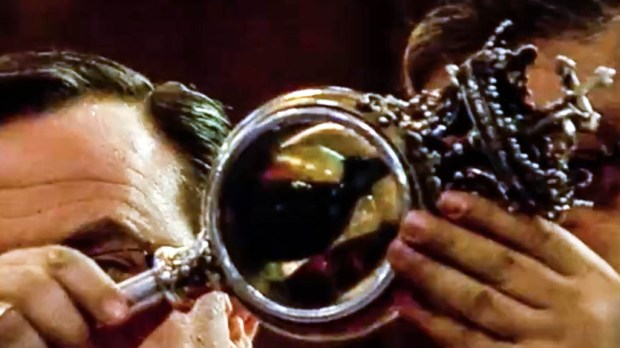Many Italian-Americans celebrate the feast of San Gennaro each September 19, as a way to remember their heritage and celebrate their culture. But how much do we know about the real San Gennaro, or St. Januarius? Watch this video to learn five little-known facts about this beloved saint.
The real Januarius was bishop of Benevento, Italy, in the early 300s. Although no contemporary records of his life remain, tradition holds that he hid other Christians to save their lives during the great persecution of Christians under the Roman emperor Diocletian. At last he was found out, and the authorities sentenced him to death. His name is mentioned as a “holy martyr” in writings from the 400s.
After St. Januarius’ public execution, a faithful woman named Eusebia collected his blood in two flasks to keep as a relic. Extraordinarily, the dry blood regularly liquifies and then becomes solid again, a phenomenon first recorded in 1389. The “liquifaction” typically occurs on his feast day and has occurred at other times in the presence of holy people, such as visiting popes.
Read more:
St. Gennaro’s Blood Relic Miraculously Liquefies In The Presence Of Pope Francis In Naples
Every year in Naples, where his relics are kept, St. Januarius’ feast day is celebrated with a festival and procession. Naples is called the “City of Blood” for this reason. When Italian-American families emigrated to the United States, many brought this tradition with them. “Little Italy” neighborhoods throughout the country, most notably in New York, Los Angeles, and Las Vegas, continue to honor this traditional feast day with festivals and celebrations.
St. Januarius is the patron saint of blood donors, goldsmiths, and people who have suffered heart attacks. His heroic life and courageous death offer a valuable example to imitate, while his patronage of Naples gives Italians and Italian-Americans an additional reason to celebrate. St. Januarius, pray for us!

